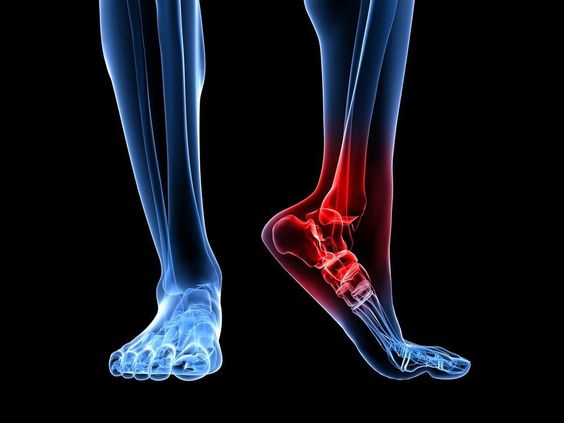Introduction:
Tendon injuries are common, often resulting from sports-related accidents or overuse. These injuries can be incredibly painful and debilitating, often requiring surgery to repair the damaged tendon. While surgery is a crucial step towards recovery, it's only the beginning of the journey. Rehabilitation after tendon repair surgery is just as critical as the procedure itself.

This comprehensive guide will provide you with essential information and practical tips to help you navigate the recovery process successfully. From understanding the healing process to implementing effective rehabilitation strategies, we'll cover everything you need to know to optimize your recovery and regain full functionality.
Whether you've undergone surgery for a torn rotator cuff, Achilles tendon, or any other tendon, this guide will equip you with the knowledge and tools to support your healing and return to your desired activity level.
Understanding Tendon Repair and Healing
Tendons are strong, fibrous cords of tissue that connect muscles to bones, allowing for smooth and controlled movement. When a tendon is torn or ruptured, it disrupts this connection, causing pain, weakness, and limited mobility.
Tendon repair surgery involves stitching the torn tendon back together or, in cases of severe damage, using a graft to reconstruct the tendon. Following surgery, your body initiates a complex healing process that can be broadly divided into three phases:
- Inflammatory Phase: This initial phase begins immediately after surgery and lasts for a few days. You'll experience inflammation, swelling, redness, and pain at the surgical site. Your body sends white blood cells to the area to clean up debris and initiate the healing process.
- Repair Phase: This phase typically lasts for several weeks. During this time, your body forms new blood vessels and collagen fibers, bridging the gap in the torn tendon. The new tissue is still fragile, and it's crucial to protect it from excessive stress or strain.
- Remodeling Phase: This final phase can last for several months to a year or more. During this stage, the new collagen fibers align themselves along the lines of stress, gradually increasing the tendon's strength and elasticity.
Essential Recovery Tips
- Follow Post-Surgery Instructions: Your surgeon will provide specific post-operative instructions tailored to your individual needs. These instructions will likely include guidelines for wound care, pain management, activity restrictions, and follow-up appointments. Adhering to these instructions meticulously is vital for a smooth and successful recovery.
- Immobilization and Protection: Immediately after surgery, your surgeon will likely immobilize your injured limb in a cast, splint, or brace. This helps protect the repaired tendon, reducing stress and allowing it to heal properly.
- Gradual Return to Activity: Your doctor will guide you through a customized rehabilitation program that gradually increases your activity level as your tendon heals. This program typically starts with gentle range-of-motion exercises and progresses to strengthening exercises as tolerated. It's crucial to follow your therapist's guidance and avoid pushing yourself too hard too soon.
- Pain Management: It's normal to experience pain and discomfort after surgery. Your doctor will prescribe pain medication to manage your pain levels. Ice packs and elevation can also help reduce pain and swelling.
- Physical Therapy: Physical therapy plays a vital role in tendon repair recovery. Your therapist will teach you exercises to restore range of motion, flexibility, and strength in the affected area.
- Nutrition and Hydration: A balanced diet rich in protein, vitamins, and minerals supports tissue healing and overall recovery. Staying adequately hydrated is equally important, as it helps transport nutrients to the healing tendon.
## Potential Complications
While most patients recover from tendon repair surgery without significant issues, it's essential to be aware of potential complications.
- Infection: Any surgery carries a risk of infection. It's crucial to keep the surgical site clean and dry and to report any signs of infection, such as redness, swelling, warmth, or drainage, to your doctor immediately.
- Tendon Re-Rupture: There's a risk that the repaired tendon may rupture again, especially if it's subjected to excessive stress or force before it has fully healed.
- Stiffness and Scar Tissue: Scar tissue formation is a natural part of the healing process. However, excessive scar tissue can limit range of motion and flexibility.
- Nerve Damage: In some cases, nerves surrounding the injured tendon may be damaged during surgery.
Long-Term Outlook
The recovery timeline for tendon repair surgery varies depending on the type and severity of the injury, as well as individual factors like age and overall health. With proper rehabilitation and adherence to medical advice, most patients regain full or near-full function of the affected limb. However, it's essential to have realistic expectations and understand that full recovery can take several months or longer.

.jpg)